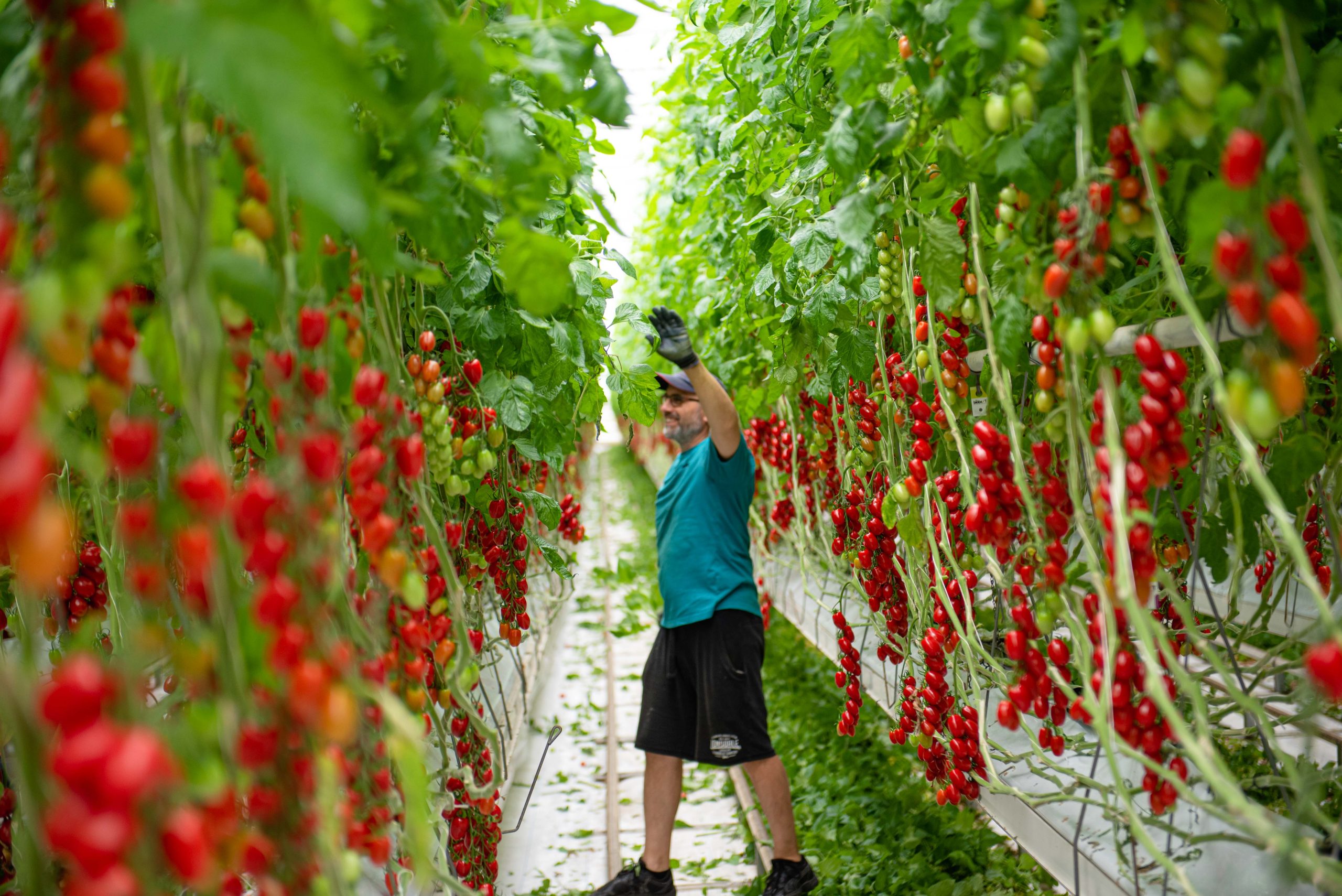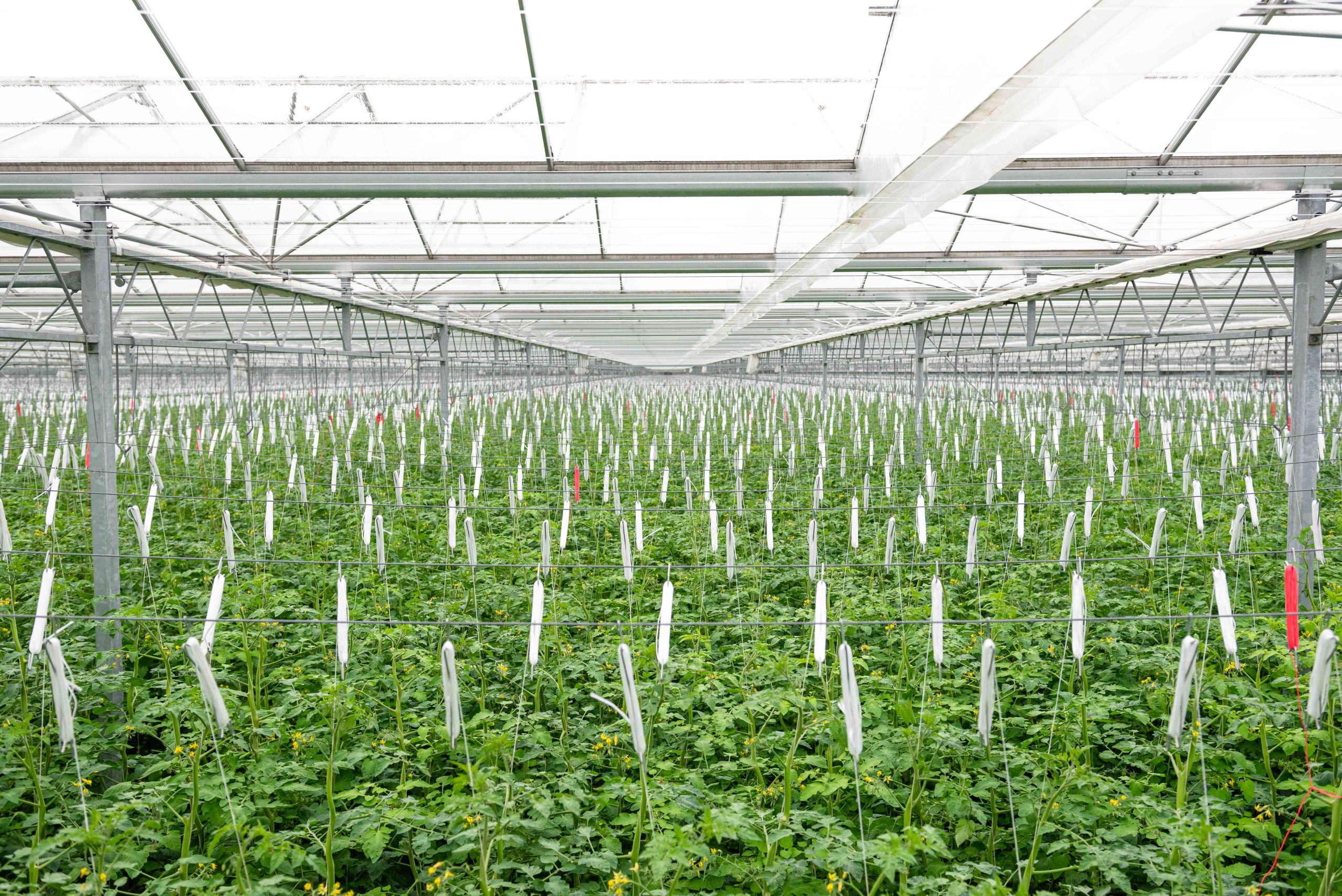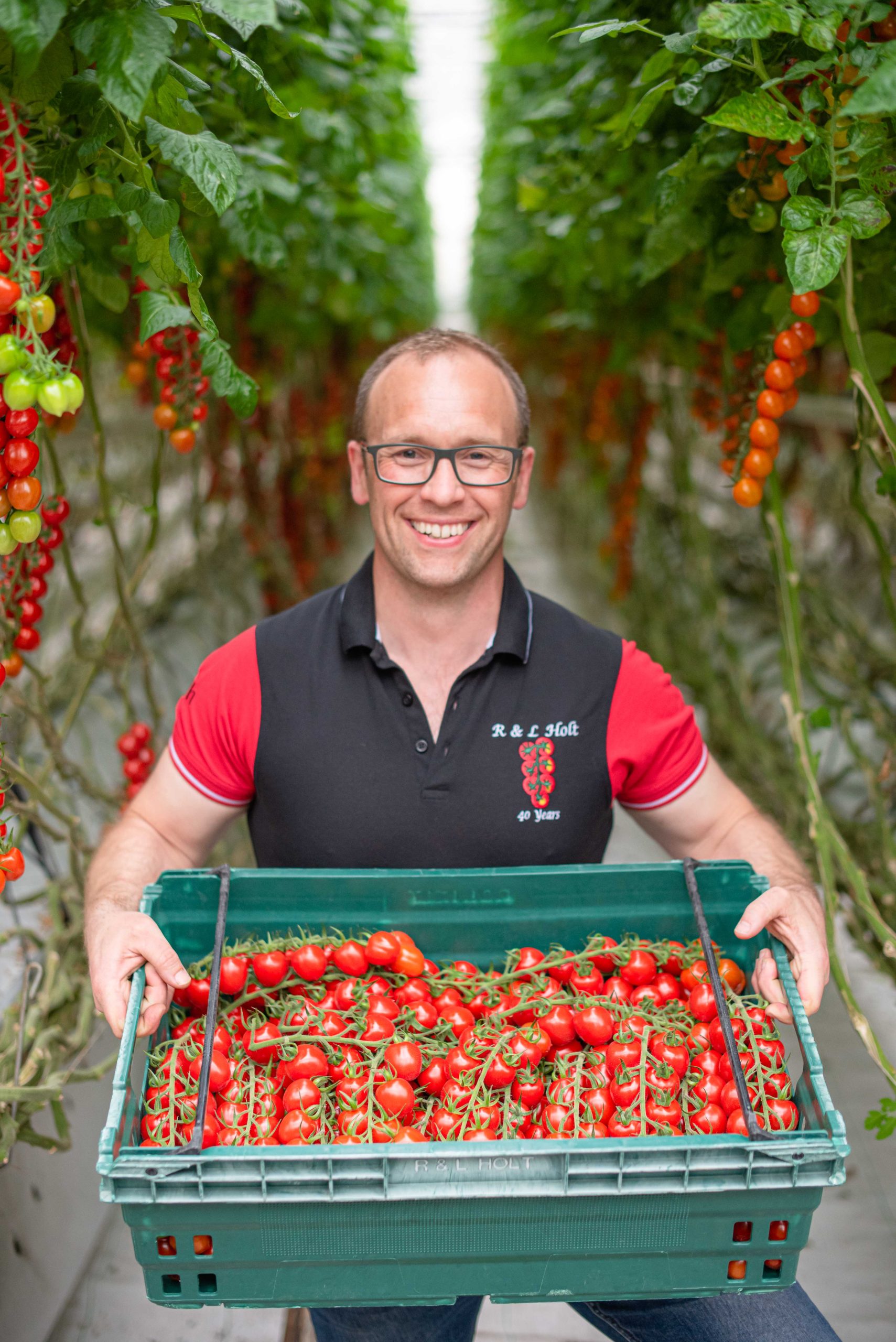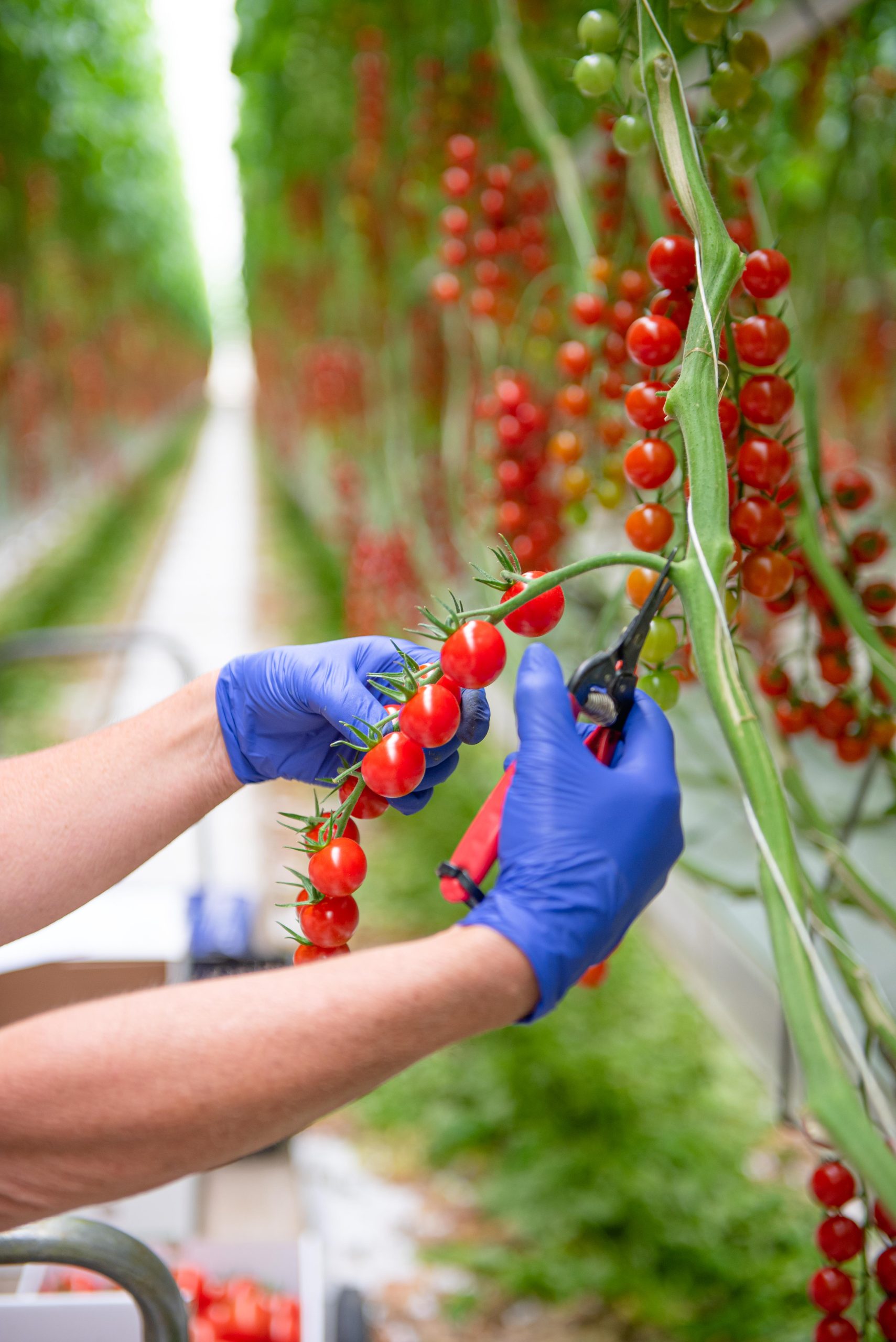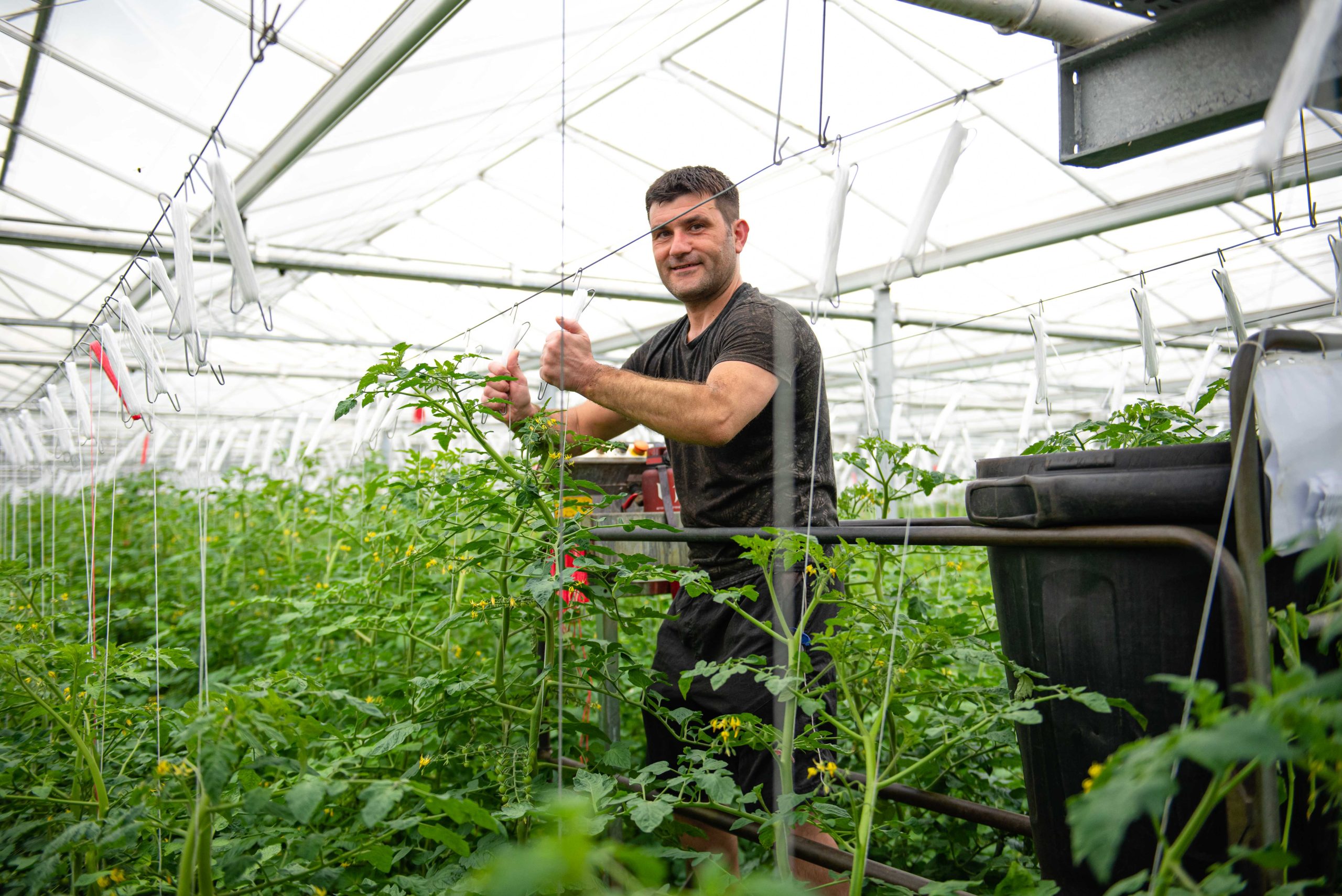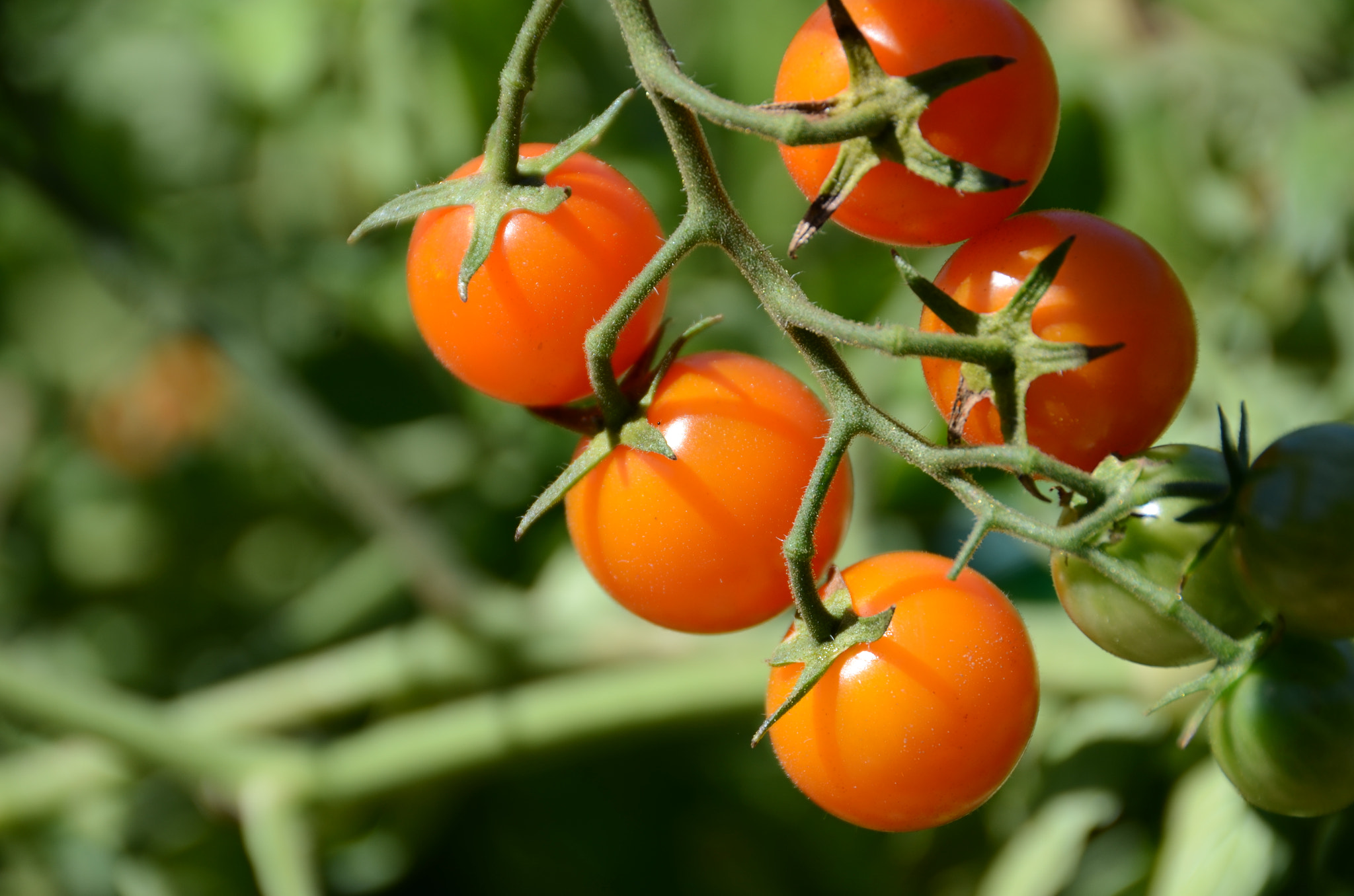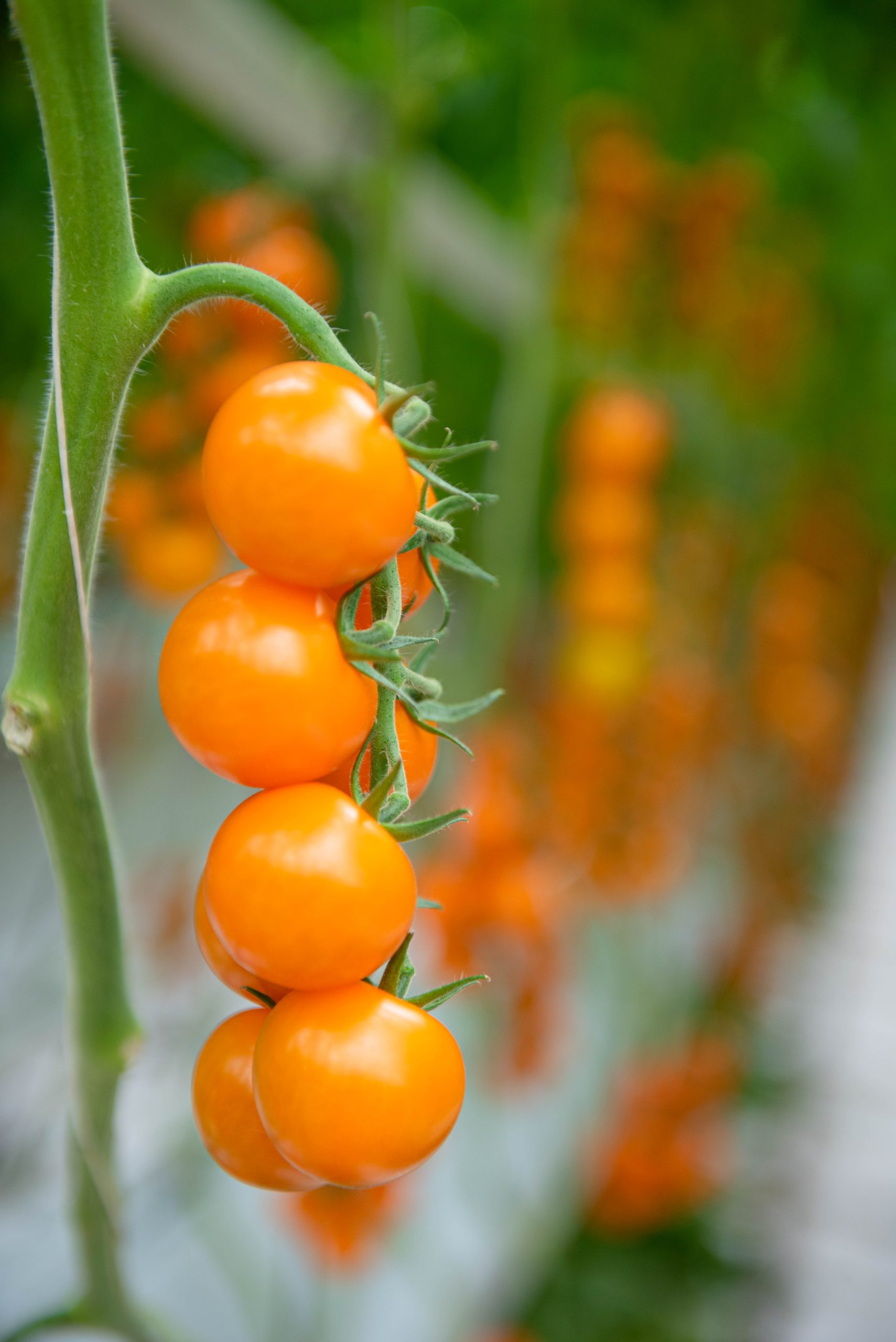If you’ve ever bitten into a sun-warmed tomato straight from the vine, you’ll know: August is the moment UK tomatoes truly shine. Whether you’re a grower, a home cook, or just someone who loves seasonal food, here’s why this month is all about the tomato.
Imported tomatoes, often picked early and ripened in transit, can’t compare to the intense sweetness and depth of a tomato grown and ripened naturally in British soil and sunshine. In August, the combination of long days and consistent warmth allows UK-grown tomatoes to develop their full flavour profile — sweet, tart, juicy, and aromatic.
Even simple dishes – tomatoes on toast, a caprese salad, or a slice of tomato with flaky salt – taste extraordinary this time of year.
Supermarket tomatoes often come in just a handful of types, but in the UK in August, growers (and keen gardeners) have access to a spectacular range of varieties. You’ll find:
- Tiny, jewel-like Sungold tomatoes bursting with sweetness
- Rich, earthy Black Russian heirlooms
- Classic Ailsa Craig or Moneymaker slicers
- Vibrantly striped Tigerella and Green Zebra
Visiting a farmers’ market or picking from your own garden this month is like stepping into a tomato rainbow.
British tomatoes have a relatively short window of peak perfection – typically from late July through early September. August is the sweet spot. After that, cooler nights and less sunshine reduce quality and yield.
Now’s the time to:
- Eat them raw and often
- Make batches of tomato sauce or soup to freeze
- Try tomato chutneys, jams, and preserves
- Share extras with neighbours or trade them for other gardeners


